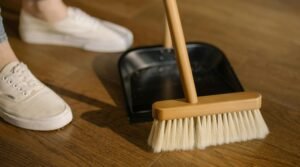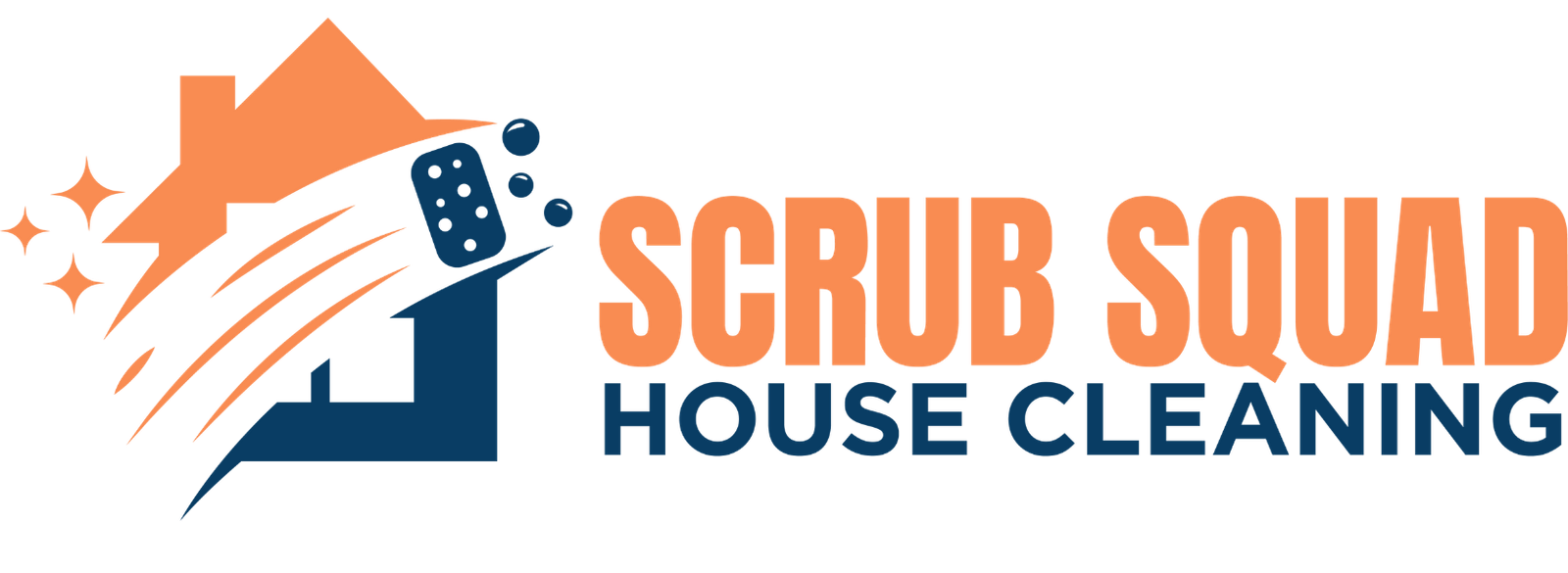
In the hustle and bustle of our daily lives, the mere thought of cleaning often conjures images of mundane chores and weekend to-do lists. However, what if we were to challenge the conventional view of cleaning as a mere domestic duty and instead consider it a pathway to improved physical well-being? Enter the concept of Active Cleaning, a paradigm that transcends the realms of tidiness and orderliness to unveil a surprising dimension—the profound physical benefits that accompany our efforts to keep our spaces pristine.
Cleaning isn’t just about creating a visually appealing environment; it’s an opportunity to engage our bodies in purposeful movements that contribute to our overall health. In this article, we will explore the often-overlooked aspects of active cleaning, diving into the link between physical activity and cleaning, the significant caloric expenditure involved, the impact on muscle engagement, and the unexpected benefits for cardiovascular health, mental well-being, and overall mobility. By the end, you’ll see that a clean home is not only a testament to order but also a powerful tool for fostering a healthier and more vibrant life.
The Link Between Physical Activity and Cleaning
The commonly held perception is that cleaning is a mundane chore necessary for maintaining a tidy living space. However, recent studies have shed light on the direct link between physical activity and cleaning. It’s not just about the result; it’s about the process—the physical movement and exertion involved that go beyond the traditional view of cleaning.
Engaging in active cleaning involves a variety of movements, from sweeping and mopping to dusting and organizing. These actions contribute to increased heart rate, improved circulation, and muscle activation. In essence, our household chores become a form of exercise, seamlessly integrated into our daily routines. As we scrub surfaces, lift objects, and reach for those high shelves, we are unknowingly participate in a fitness regimen that promotes overall well-being.
Caloric Expenditure and Muscle Engagement
Beyond the simple act of cleanliness, active cleaning involves a significant caloric expenditure that rivals moderate-intensity workouts. Everyday tasks like vacuuming, sweeping, and mopping contribute to burning calories, making cleaning a valuable component of a holistic fitness routine.
Consider the various muscle groups engaged during active cleaning. Unlike targeted exercises that focus on specific areas, cleaning involves a dynamic interplay of muscles throughout the body. From the upper body movements required for scrubbing and lifting to the lower body engagement during tasks like mopping, each action contributes to toning and strengthening different muscle groups.
The caloric expenditure and muscle engagement associated with active cleaning contribute not only to physical fitness but also to enhanced endurance and flexibility. Over time, these seemingly mundane tasks play a role in improving overall physical health, making a compelling case for embracing cleaning as a multifaceted approach to wellness.
Improving Cardiovascular Health
Sustained, moderate-intensity cleaning emerges as an unexpected ally in improving cardiovascular health. The physical activity involved, especially when sustained over a period, leads to an increased heart rate and enhanced circulation. This cardiovascular workout, inherent in active cleaning, becomes a preventative measure against heart-related issues.
Health experts emphasize the importance of viewing active cleaning beyond its surface-level benefits. Instead of considering it solely as a means to maintain a tidy home, recognizing its role in promoting heart health transforms the way we approach household chores. It becomes an investment in our cardiovascular well-being, a realization that every sweep and mop contributes to a healthier heart.
Stress Reduction and Mental Health
The advantages of active cleaning extend beyond the physical to touch on our mental and emotional well-being. A clean and organized environment has been correlated with reduced stress levels and improved mental health. Active cleaning provides an outlet for stress relief, transforming what might be considered a tedious task into a therapeutic activity that fosters a sense of accomplishment and order.
Consider the psychological impact of a clutter-free space. The act of cleaning and organizing not only reduces visual chaos but also creates a mental sanctuary. The repetitive nature of cleaning tasks allows the mind to enter a state of focus, akin to mindfulness practices, promoting a sense of calm and control. In this way, active cleaning becomes a holistic approach to mental well-being, an essential aspect of maintaining a healthy and balanced lifestyle.
Enhanced Mobility and Flexibility
The bending, stretching, and reaching involved in cleaning tasks contribute significantly to improved flexibility and enhanced mobility. While these movements may seem simple and routine, they play a crucial role in promoting joint health and preventing stiffness.
Consider the range of motion required when reaching for high shelves, bending to clean low surfaces, or stretching to dust corners. These actions, when performed regularly, contribute to improved flexibility in joints and muscles. Active cleaning, therefore, becomes a preventive measure against age-related mobility issues, fostering a sense of agility and ease of movement.
Creating a Holistic Approach to Well-Being
Active cleaning is not merely a checklist of tasks; it’s a holistic approach to well-being that encompasses physical activity, stress reduction, and improved mental health. Recognizing the interconnectedness of these elements creates a positive feedback loop—a cycle where the benefits of one aspect reinforce and enhance the others.
Encouraging readers to view cleaning as an essential component of a healthy lifestyle, this holistic approach advocates for the integration of active cleaning into our regular routines. It’s not just about achieving a spotless home; it’s about cultivating a living environment that nurtures both the body and mind. As we acknowledge the multifaceted benefits of active cleaning, we move beyond the perception of chores as burdensome tasks and embrace them as opportunities for self-care.
Conclusion
In summary, active cleaning transforms our perception of household chores. Beyond the immediate benefits of a spotless home, the physical advantages of this dynamic approach to tidying up are undeniable. From burning calories and engaging muscles to improving cardiovascular health and fostering mental well-being, active cleaning emerges as a surprisingly effective and holistic way to enhance our overall health.
As we reconsider our daily routines, let us embrace the notion that a clean home is not just a reflection of order but a powerful catalyst for a healthier and more vibrant life. So, the next time you pick up a broom or reach for the mop, remember—you’re not just cleaning; you’re actively investing in your well-being.
